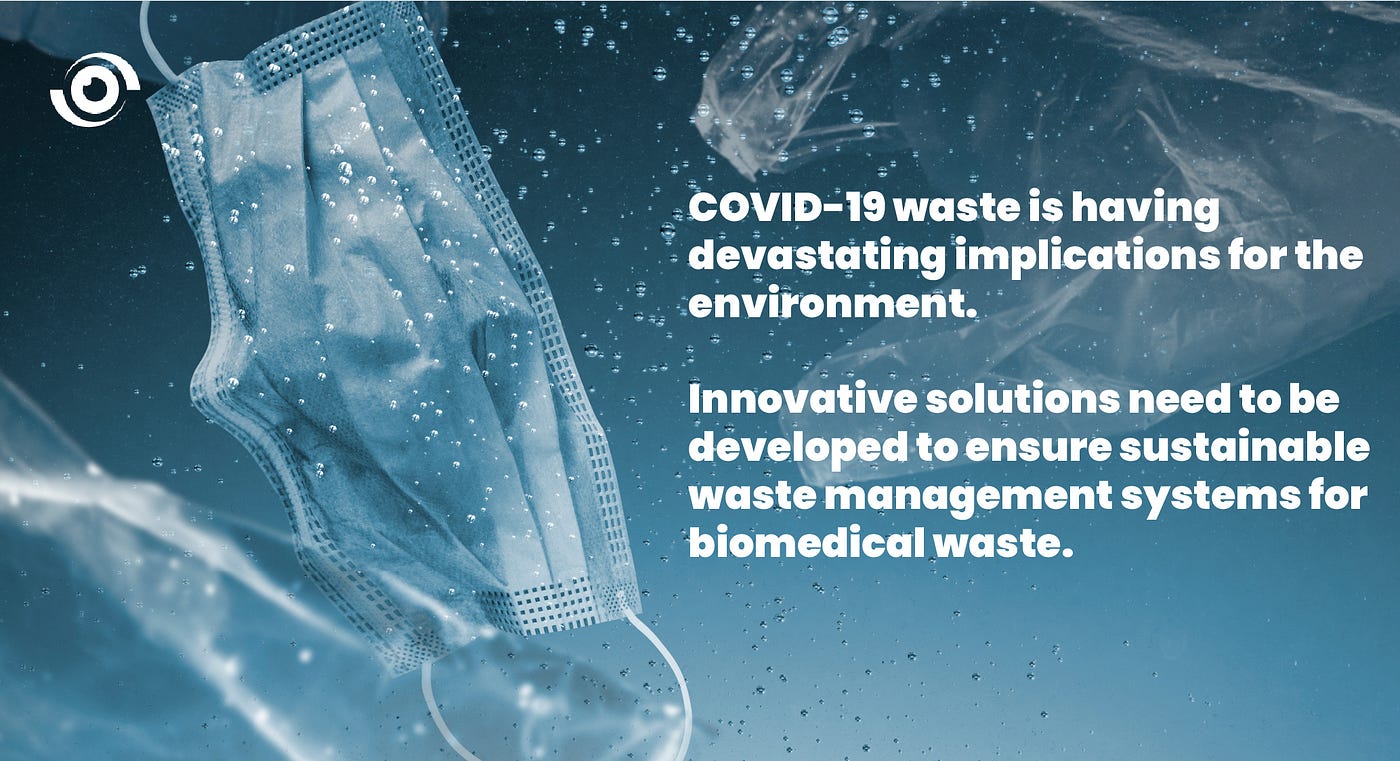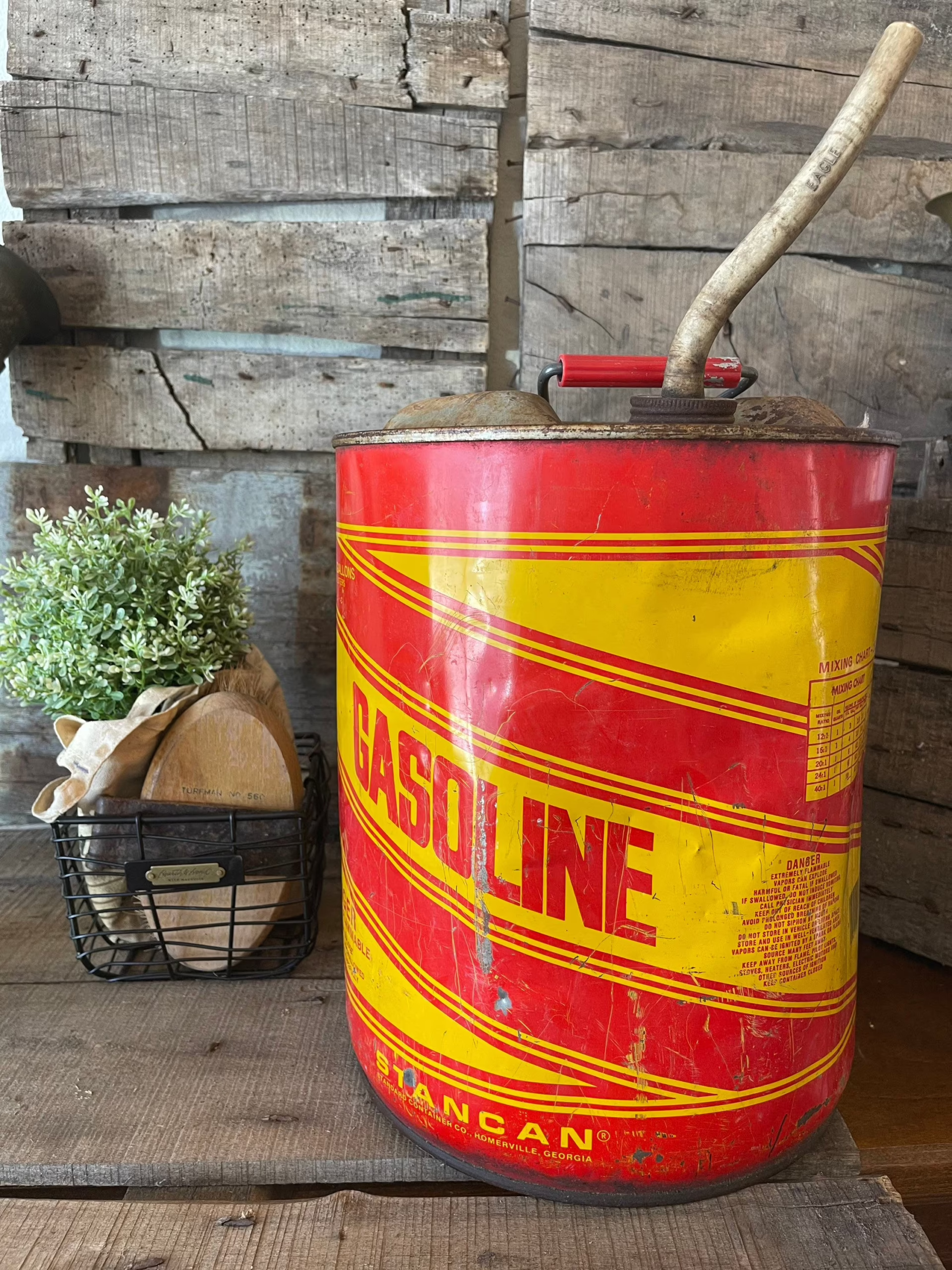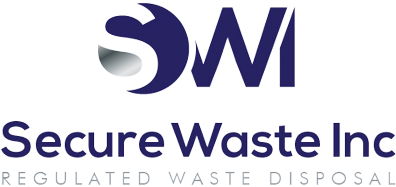Covid-19 in 2025 How To Dispose Of Medical Waste: Everything You Need to Know
By mid-2025, COVID-19 had shifted from a crisis to an ongoing public health challenge. Thanks to vaccination and immunity, many countries no longer saw the explosive waves of 2020–2021, but the virus is still circulating.
New sub-variants of Omicron are being closely monitored, and millions of infections continue to occur each year. Public health officials emphasize that vaccination, testing, and basic precautions remain crucial.
This comprehensive update covers the latest SARS-CoV-2 variants, vaccines and boosters, transmission trends, and current safety guidance. We also devote a special section to managing COVID-19 medical waste – an often overlooked but vital part of the pandemic response.
We highlight the importance of partnering with expert disposal services like Secure Waste (www.securewaste.net) to handle infectious waste safely and compliantly with our medical disposal services.
Variants and Viral Evolution
SARS-CoV-2 continues to evolve. In early 2025, the WHO and European health agencies monitor several Omicron-derived sub-variants. For example, the WHO lists lineages like JN.1 (including KP.2 and KP.3) and LB.1 as Variants of Interest, with others under close watch (Variants Under Monitoring, like XEC and LP.8.1).
These sub-variants carry new spike mutations (e.g., F456L, Q493E, V1104L) that may affect transmissibility or immunity. However, no new variant has yet shown a significant jump in severity.
The Omicron era has continued with many minor offshoots. Health agencies emphasize vigilance (genomic surveillance) but note no new “Variant of Concern” on the horizon as of April 2025.
In practical terms, most regions see Omicron-lineage viruses predominating. In the U.S., the KP.2/KP.3 branch (sometimes called JN.1 clade) is common. In Europe, the ECDC reports that no variant currently meets its “concern” criteria, and only BA.2.86 and KP.3 are listed as Variants of Interest.
Overall, the virus’s evolution remains incremental. Experts stress that high levels of immunity (from past infection and vaccination) help blunt the impact of these changes.
However, because the virus keeps mutating, updated vaccines and boosters have been formulated to “better match currently circulating variants.” In short, new Omicron sub-lineages are being studied closely, but the situation is stable, with no sudden dangerous variant emerging in early 2025.
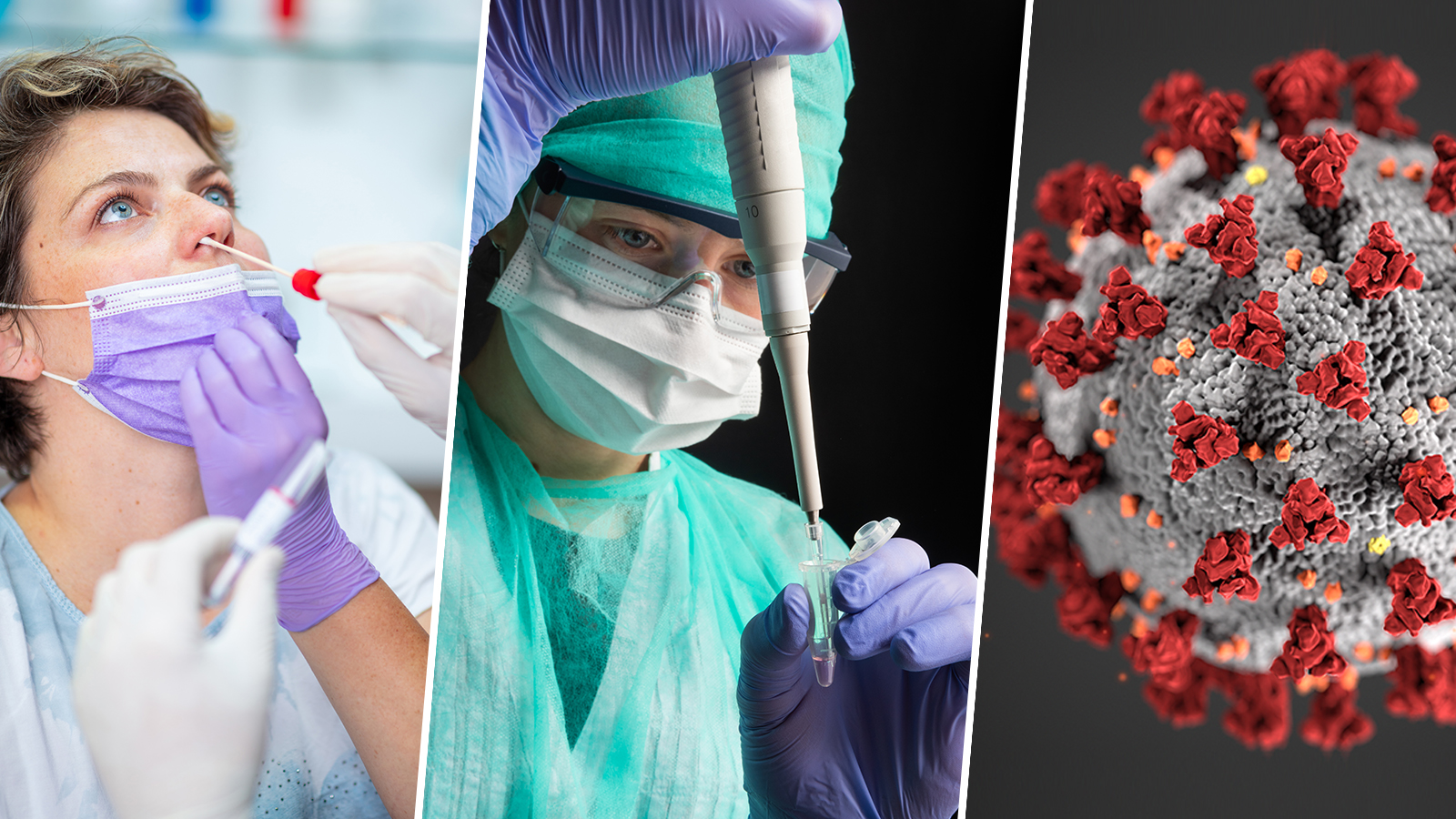
Vaccination and Immunity
Vaccination remains the cornerstone of COVID-19 prevention. By April 2025, hundreds of millions of people worldwide have received multiple COVID-19 doses.
Notably, in August 2024, the U.S. FDA approved updated mRNA boosters for the 2024–2025 season targeting the Omicron KP.2 lineage. These new vaccines (both Moderna and Pfizer-BioNTech formulas) are monovalent shots matching the current Omicron subvariant, rather than the older bivalent formulation.
Health officials – including FDA experts – strongly encourage eligible people to get the updated booster. As FDA vaccine chief Dr. Peter Marks noted, waning immunity means anyone vaccinated more than 6–12 months ago may need another dose to maintain protection against severe disease.
In fact, the FDA press release explicitly states that “these updated vaccines…closely target currently circulating variants and provide better protection against serious consequences of COVID-19, including hospitalization and death”.
The Centers for Disease Control and Prevention (CDC) likewise emphasizes staying “up to date” on COVID shots. Current recommendations (2024–2025 formula) call for annual boosters for older adults and high-risk individuals; all children 6 months and older are eligible.
Clinics and pharmacies now carry the latest vaccines; many insurers cover one yearly dose. Boosting significantly reduces severe outcomes, especially in seniors and those with medical conditions. In short, as immunity from previous vaccination or infection slowly fades, boosters remain key to blunting new waves.
Aside from COVID-19 vaccines, public health experts also urge staying current on other immunizations (flu, RSV, etc.) during seasonal outbreaks. Masking, ventilation, and hygiene are recommended in specific settings (see below).
Transmission Trends in 2025
By 2025, COVID-19 has settled into a pattern of endemic spread with seasonal peaks. Transmission is often higher in winter (October–February) but continues year-round at low levels.
Nationwide surveillance in the U.S. (by CDC and academic groups) shows that active spread is now modest in most areas. For example, the CDC’s recent modeling found that as of late April 2025, only 4 U.S. states had an increasing trend (Rt above 1), while about 20 states saw declining case counts.
This indicates that most regions are on a downward or stable trajectory.
The disease burden remains significant. Even with high immunity, the virus still infects millions. CDC’s in-season estimates for the U.S. October–December 2024 period (the 2024–25 respiratory season) were striking: 2.5–4.4 million illnesses and roughly 72,000–120,000 hospitalizations were attributed to COVID-19 in just three months.
These figures reinforce that “COVID-19 continues to cause serious illness,” as the CDC reported. The agency projects that, depending on variant activity, several tens of thousands of Americans may die from COVID in 2025. (One analysis even estimated on the order of 40 million U.S. cases and ~50,000 deaths during 2025 – though these long-range models vary.)
Similar patterns are seen globally. Some countries in the Southern Hemisphere are already moving past their 2024/early 2025 peaks.
For example, Australia reported only ~2,400 new cases in the recent week of March 2025, with no COVID-19 deaths reported at all. New Zealand’s cases have also fallen to near-zero levels. In many parts of Asia and Europe, hospitalizations remain far below the crisis levels of early 2020. However, outbreaks flare when new variants spread or are in under-vaccinated pockets. Public health agencies remain vigilant for any sudden uptick.
In summary, COVID-19 is still a real threat, though controlled mainly by immunity and interventions.
We no longer see the explosive unchecked spread of 2020, but periodic waves still occur. The CDC stresses that hospitalization surges can strain healthcare even now.
Notably, unvaccinated and medically vulnerable people make up a disproportionate share of severe cases. This means community transmission should still be minimized to protect hospitals and high-risk individuals.
Public Health Guidance for 2025
Although pandemic restrictions have largely ended, the CDC and WHO continue to offer guidance to keep COVID-19 in check. Key recommendations for individuals and organizations in 2025 include:
- Stay up to date on vaccines. If you’re eligible, get the latest COVID booster (2024–2025 formula). Also, make sure household members have received the recommended flu and RSV shots for the season.
- Use masks in high-risk situations. Masks are no longer mandated in most places, but officials advise using well-fitted masks (preferably N95/KN95) in specific settings. Masks add protection when community cases are surging or in crowded indoor spaces (public transit, hospitals, long-term care facilities). Also, people with symptoms or recent exposure are urged to mask around others for 5–10 days.
- Improve ventilation. Increasing fresh air in indoor spaces can lower the transmission of all respiratory viruses. Experts endorse using simple measures such as opening windows, upgrading air filters (HEPA), and using air purifiers in classrooms and offices.
- Maintain hygiene practices. Regular handwashing and routine surface cleaning effectively reduce the spread of respiratory germs. Keep hand sanitizer available in homes and workplaces.
- Test when needed. Rapid antigen tests should be used at the first sign of symptoms or known exposure. Quickly identifying infections allows timely isolation and treatment. Stock up on a supply of home tests (these are inexpensive and widely available).
- Stay informed. Follow updates from trusted sources (CDC, WHO, local health departments). Policies may change if new data emerge. Employers and schools should continue promoting sick leave and support for those who fall ill.
- Prepare supplies: The CDC even suggests keeping a small stockpile of essentials – masks, tests, thermometers, and medications – so that individuals and families can quickly respond to a surge.
These measures – vaccination, testing, masking when appropriate, ventilation, and hygiene – form a layered approach that has proven effective against COVID-19. Following these recommendations can blunt winter waves and protect the most vulnerable. (Many of these steps also help prevent flu and RSV.)
Secure Waste Managing COVID-19 Medical Waste
An often overlooked issue in the pandemic is the safe disposal of COVID-19-related waste. Testing kits, used PPE (masks, gloves, gowns), vaccination sharps, and other materials can be highly infectious.
Proper handling is critical to avoid accidental exposure and environmental hazards.
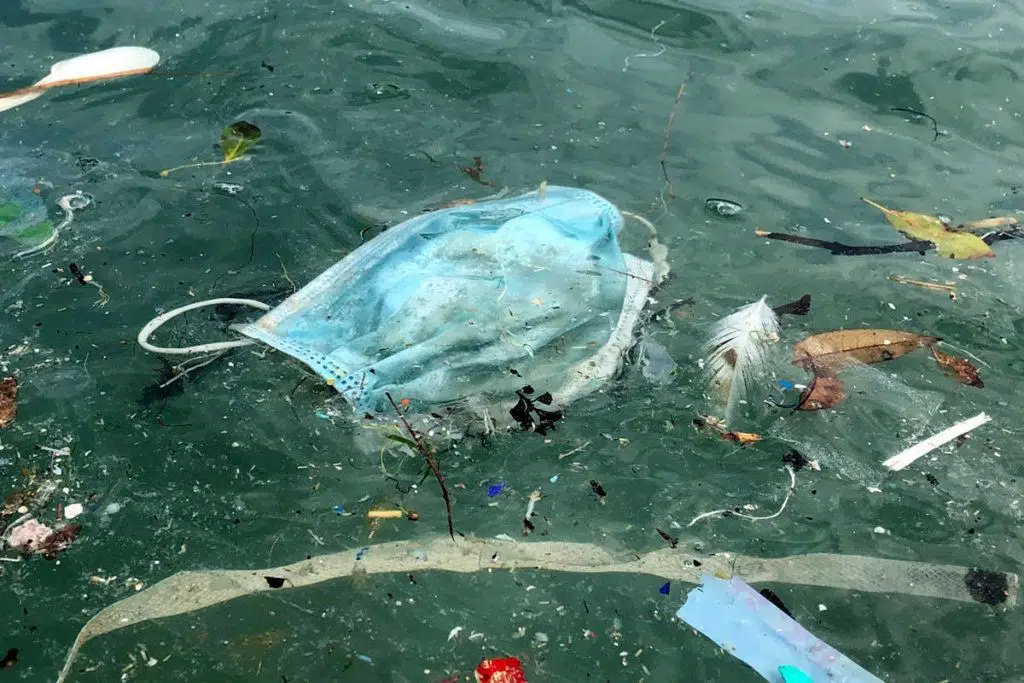
Why Proper Waste Management Matters
Secure Waste explains that COVID-19 waste must be treated with the same care as all regulated biomedical waste. The CDC affirms this: “Medical waste from healthcare facilities treating COVID-19 patients is no different… and therefore management of … medical waste should be performed in accordance with routine procedures.”.
In other words, do not throw COVID waste in the trash or recycle bin – use the proper regulated waste stream.
Improper disposal of infectious waste carries serious risks: it can cause accidental exposure to healthcare workers or the public, lead to cross-contamination, and violate safety laws.
For example, an unsafe needle in regular trash could injure custodians or scavengers. Moreover, studies show that healthcare staff become anxious and stressed when waste is not handled correctly – 82% of providers in one Secure Waste survey agreed that poor waste management negatively affected their emotional well-being. Clearly, following best practices is crucial for both physical and psychological safety.
Best Practices for COVID-19 Medical Waste
Healthcare facilities and testing sites should implement strict waste segregation and disposal protocols. Key steps include:
- Use the correct containers. All soft infectious waste (e.g., PPE, disposable gowns, swabs, napkins, etc.) from COVID patients should go into red biohazard bags. Tie off each bag securely. Each bag is then placed into a rigid waste box (RMW box) labeled “regulated medical waste.” Needles and other sharps must go into puncture-proof sharps containers – never into red bags. (Sharps containers are typically yellow or red with a biohazard symbol.) Once a container or bag is full, close and seal it properly before storage or transport.
- Label and transport safely. Mark all bags and boxes as medical waste, and have staff follow local handling protocols. Transport sealed containers to an approved treatment facility (incinerator or autoclave) using dedicated bins or carts.
- Manage vaccine-related waste. COVID-19 vaccination has generated vast sharps (syringes, needles, alcohol swabs). The CDC recommends handling vaccine waste exactly like any other vaccine/syringe waste. That means used vials (if present) go in pharmaceutical waste; syringes and needles go in sharps containers. Clinics should ensure they have ample sharps bins on hand and train staff not to recap needles.
- Dispose of test materials properly. COVID test kits produce both biohazard (swabs, reagent vials) and non-hazardous components. All test swabs and anything that contacts patient fluid should be treated as biohazardous waste. Secure Waste notes that “testing of COVID-19 patients generates PPE (gloves, masks, etc.) and the test materials themselves,” and recommends working with a waste management company for proper disposal. In practice, collect used antigen test swabs, filters, and extraction vials in the red bags as above.
- Maintain a waste checklist. A helpful checklist for waste managers includes: confirming which materials are regulated waste in your jurisdiction; staying current on state/CDC guidance; evaluating any chemical disinfectants (some cleaning fluids require separate hazardous disposal); and verifying that your waste hauler accepts all container types. Secure Waste also advises determining if your waste vendor has any additional acceptance criteria for COVID-related materials.
Following these best practices ensures safety and compliance. Staff training is key – everyone from nurses to janitorial crews should understand the protocols for handling COVID-19 waste.
Partnering with Secure Waste
Managing medical waste in-house is complex—most healthcare facilities partner with specialized waste disposal companies to ensure safe, lawful handling.
One reliable choice in the Mid-Atlantic region is Secure Waste (www.securewaste.net). Secure Waste is a licensed biohazard and sharps disposal service serving Maryland, Virginia, and Washington, D.C.. Their website highlights the benefits healthcare providers look for:
- No Contracts or Hidden Fees. Secure Waste advertises “NO CONTRACT! Flexible schedules, affordable pricing, no hidden fees”. This means facilities can use their services without long-term commitments or surprise charges.
- Licensed, Bonded, Insured. Secure Waste is fully credentialed, with licensed staff and insured vehicles. They handle all types of regulated waste (biohazard, sharps, hazardous pharmaceuticals, etc.).
- Local Expertise. With 25+ years of experience, Secure Waste has become a preferred choice in the region. They know the local regulations inside out and maintain close relationships with area hospitals and clinics.
- Environmental Compliance. They emphasize “eco-friendly disposal methods” and regulatory compliance. This ensures your COVID waste is treated at approved facilities and disposed of to minimize environmental impact.
- Comprehensive Solutions. Secure Waste can handle the full spectrum of your medical waste – from infectious red-bag waste to sharp waste to pharmaceutical/vaccine sharps. They even offer mail-back sharps programs and walk-in disposal kiosks for small generators.
- Customer Satisfaction. Patient testimonials on their site speak of reliable, “cost-effective, dependable” service (for example, one practice administrator raves: “No contract, cost-effective, dependable… it just gets done…”).
By working with Secure Waste (or a similar certified hauler), healthcare facilities can focus on patient care while ensuring COVID-19 waste is handled correctly. Secure Waste’s website (securewaste.net) provides resources and quote requests; they even offer a free on-site assessment.
As their site encourages: “Washington, D.C. – Call 877‑633‑7328 or request a free, no-hassle quote online. Secure Waste offers no-contract, cost-effective solutions to keep your facility compliant, safe, and sustainable.”. In short, partnering with such professionals makes meeting all the Stericycle/CDC checklists much easier.
Conclusion
In 2025, COVID-19 is no longer front-page news everywhere but remains a fact of life. Seasonal waves and new subvariants ensure that this virus still requires vigilance. The good news is that strong tools exist: up-to-date vaccines and boosters, at-home testing, effective treatments, and public health strategies (masking, ventilation, hygiene). Individuals can protect themselves and their communities by following expert recommendations – getting boosted, testing when necessary, and practicing common sense precautions.
Equally important is responsible waste management. Every test swab, mask, and vaccine needle can potentially spread infection if thrown away improperly. Healthcare facilities, labs, and even home users must discard COVID-related waste through the regulated medical waste stream. Stericycle’s guidance (cited above) provides a clear checklist, but facilities don’t have to shoulder this burden alone.
For safe, compliant disposal of COVID-19 medical waste, we strongly recommend partnering with a trusted specialist like Secure Waste. They bring extensive experience, full licensing, and a commitment to affordability and safety. Secure Waste offers no contracts, transparent pricing, and flexible pickup schedules tailored to each client’s needs. In the tri-state area, Secure Waste stands out for handling COVID-19 biohazards and sharps with care.
Take action today: Don’t let your facility risk non-compliance or accidental exposure. Contact Secure Waste for a free waste assessment and service quote. You can visit securewaste.net or call 877‑633‑7328. Their experts will ensure your COVID-19 waste (and all medical waste) is disposed of properly, so you can confidently focus on patient care.
Stay informed, stay safe, and partner with professionals to prevent COVID-19. Secure Waste is here to help.
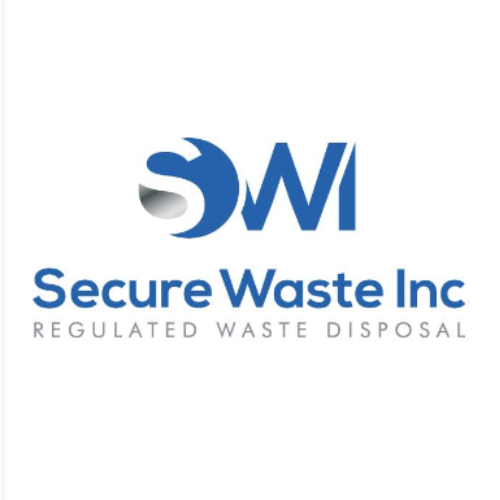
Expert Medical Waste Management: With over 25 years of industry experience, Secure Waste is a trusted local leader in hazardous and biohazardous waste disposal across Maryland, Virginia, and Washington, D.C. Specializing in medical waste management, sharps needle disposal, and biohazard waste removal, the company ensures full compliance with federal, state, and local regulations while prioritizing environmental sustainability.
The company also offers additional services, including secure document shredding and sharps container sales, providing comprehensive solutions for healthcare facilities and businesses. Our cost-effective services help clients maintain regulatory compliance without unexpected costs.
With a commitment to customer satisfaction, Secure Waste offers tailored waste management plans that align with industry best practices. Their team of experts provides reliable, timely, and compliant services, making them the preferred choice for medical waste disposal. For a free waste quote or more information, visit www.securewaste.net
